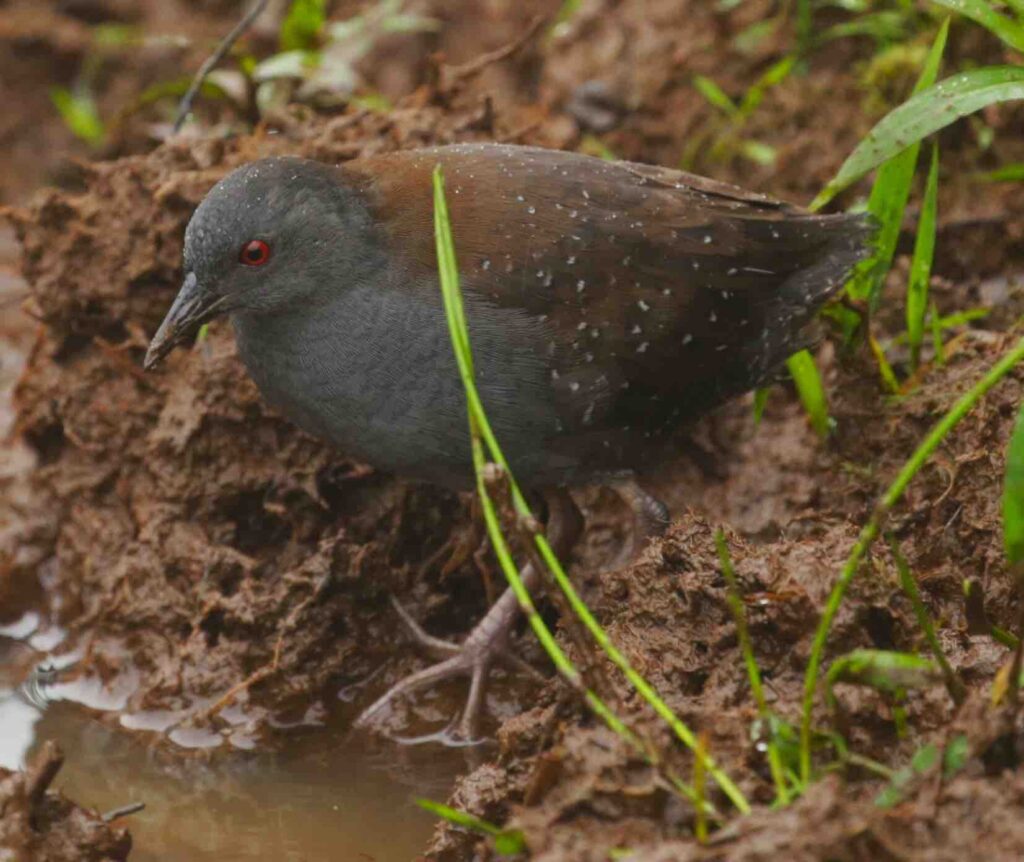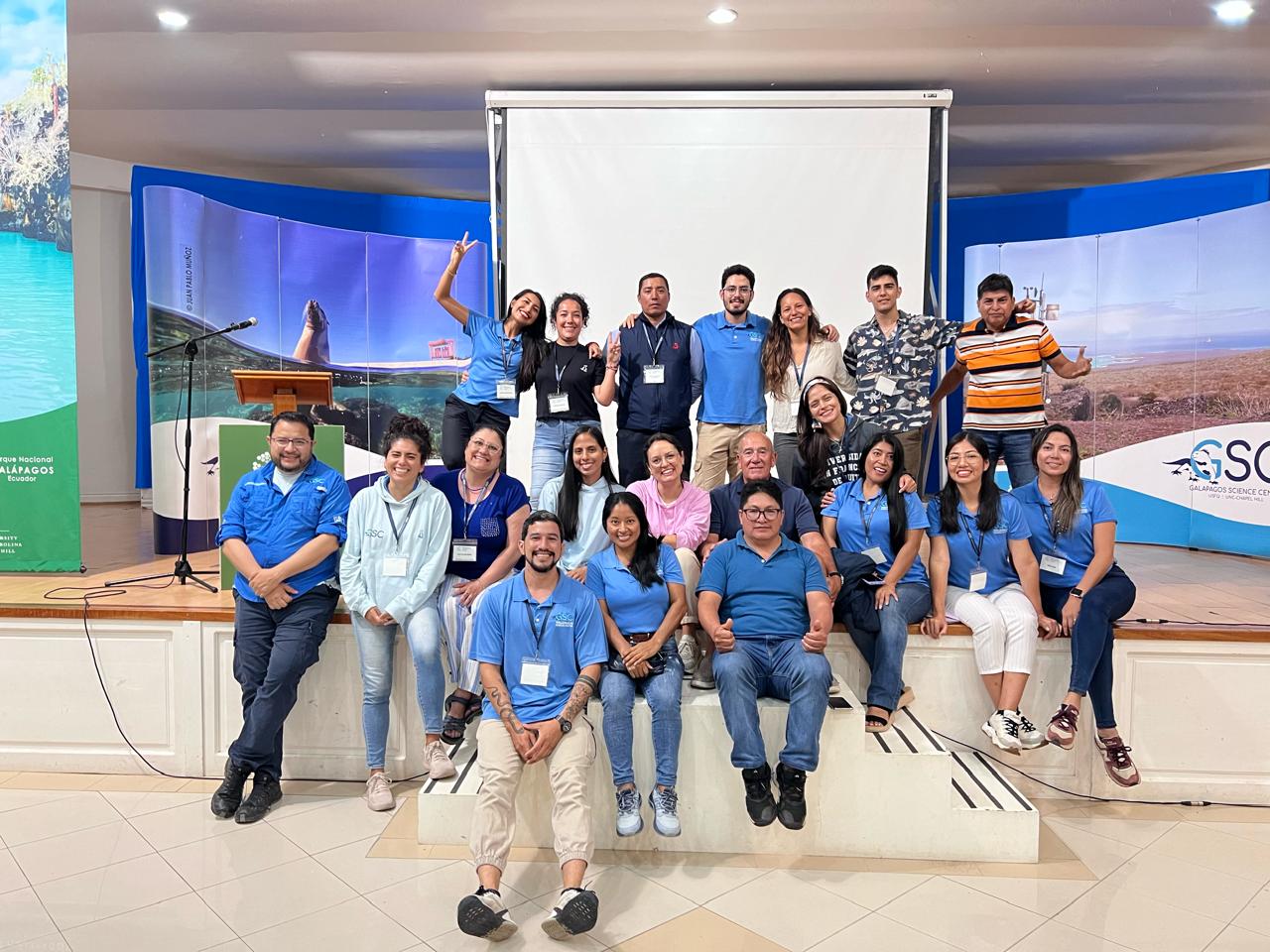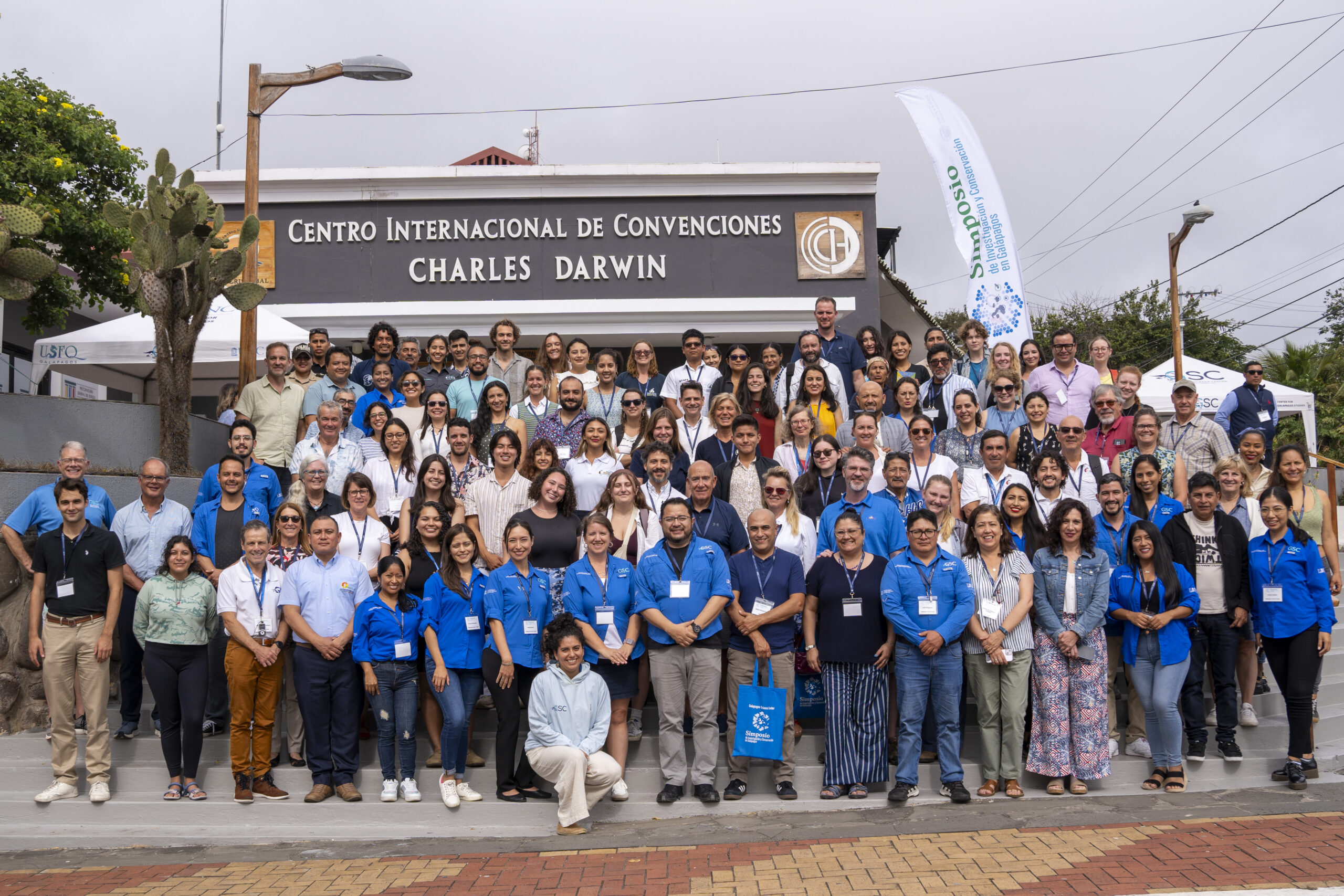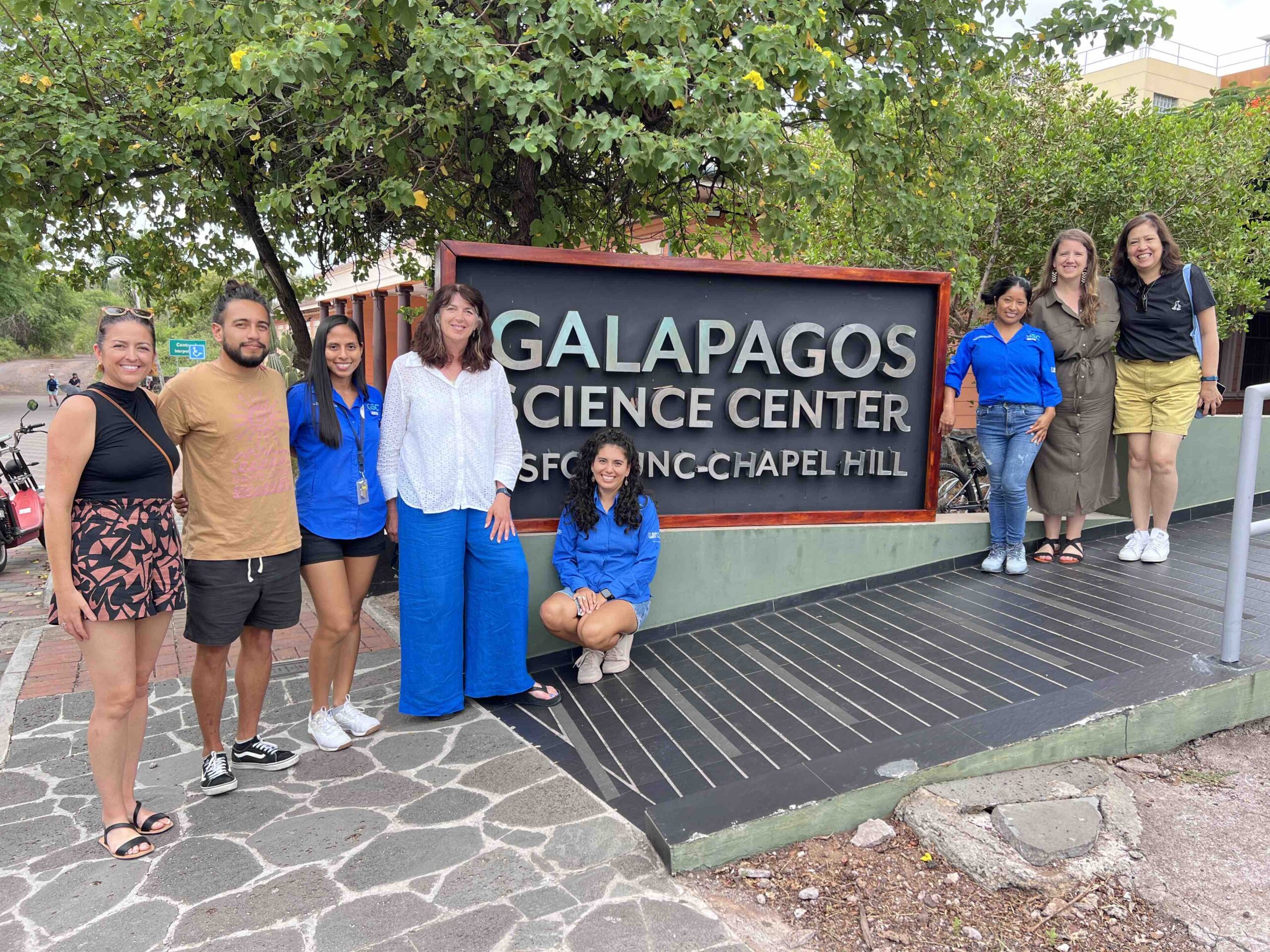Resumen
Similar a otras aves insulares en todo el mundo, el rascón de las Galápagos (Laterallus spilonota Gould, 1841) exhibe una capacidad de vuelo reducida después de su colonización del archipiélago hace ~1.2 millones de años. A pesar de su corta historia evolutiva, los rascos han colonizado siete islas diferentes que abarcan toda la anchura del archipiélago. Los rascos de las Galápagos eran comunes en islas con altitudes lo suficientemente altas como para soportar arbustos en hábitats húmedos. Después de que los humanos introdujeran cabras, este hábitat se redujo severamente debido a la sobrepastoreo. La pérdida de hábitat devastó algunas poblaciones de rascos, con menos de 50 individuos sobreviviendo, lo que convierte a la diversidad genética del rascón de las Galápagos en una preocupación de conservación apremiante. Además, un enigma es la reaparición de los rascos en la isla de Pinta después de que se consideraran extirpados. Nuestro enfoque fue investigar la historia evolutiva y la distribución geográfica de los rascos de las Galápagos, así como examinar los efectos a nivel de genoma de los cuellos de botella poblacionales históricos utilizando 39 genomas completos de diferentes poblaciones insulares. Recuperamos una divergencia temprana de los ancestros de los rascos que lleva a las poblaciones aisladas en Pinta y un segundo clado que comprende el resto de las islas, que históricamente formaban un solo territorio. Posteriormente, la separación del territorio ~900 mil años atrás pudo haber conducido al aislamiento de la población de Isabela, con poblaciones más panmícticas encontradas en las islas Santa Cruz y Santiago. Encontramos que los genomas de los rascos contienen largas extensiones de homocigosis (>2Mb) que podrían estar relacionadas con la introducción de cabras. Finalmente, nuestros hallazgos muestran que la erradicación moderna de las cabras fue fundamental para evitar episodios de endogamia en la mayoría de las poblaciones.
Conoce más del artículo científico en el siguiente enlace: https://doi.org/10.1093/jhered/esae017






